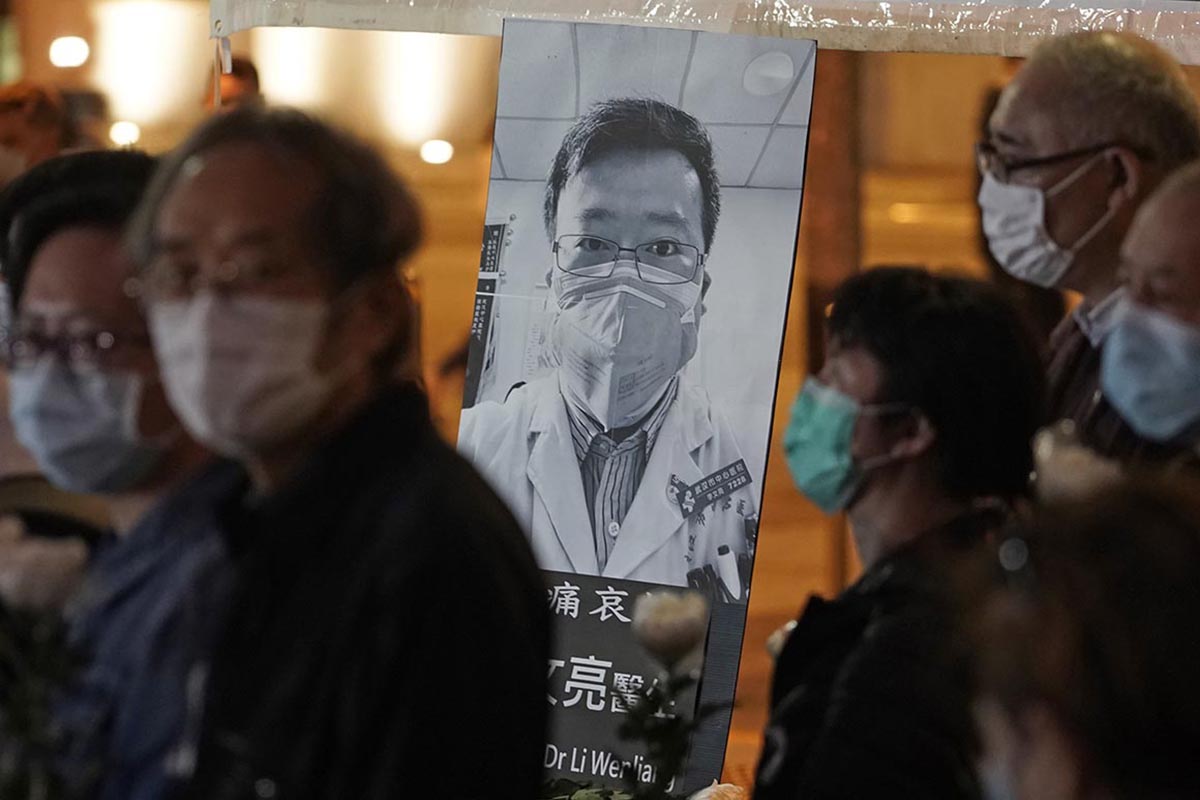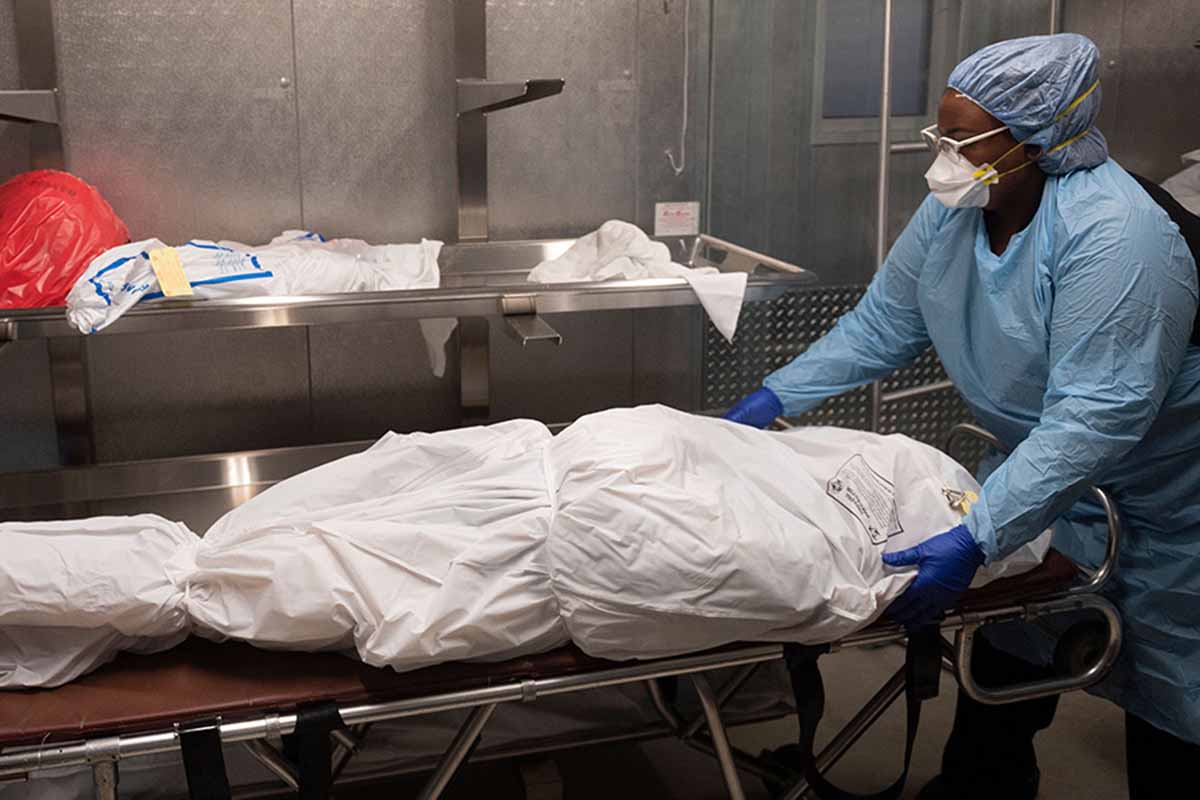In early December, as China was grappling with its first known outbreak of a new coronavirus, a Wuhan doctor named Li Wenliang sounded the alarm about the pathogen in a private chat group. He was reprimanded by the police and silenced. But his early warnings would ultimately help spur the world’s response to Covid-19. The Chinese ophthalmologist later died from the virus himself; his death led to public outcry and nationwide mourning in China.
The discovery of the novel coronavirus responsible for COVID-19 was a significant scientific achievement. The identification and sequencing of the virus have allowed researchers to better understand the disease and develop potential treatments. The current pandemic has highlighted the need for continued research into CoVs in order to prepare for future outbreaks.
The novel coronavirus that has caused a global pandemic is believed to have originated from bats or pangolins. The first transmission to humans is thought to have occurred in Wuhan, China. While the exact origin of the virus is still unknown, it is clearly highly contagious and can cause serious illness, especially in those with underlying health conditions. It is important for people to be aware of the risks associated with the virus and take precautions to protect themselves and others. Symptoms may include muscle pain, diarrhea, sore throat, loss of taste or smell, and headache. These symptoms generally appear two to fourteen days after exposure to the virus.
Thanks to the Wuhan doctors, this pandemic was discovered earlier and gotten avoided which saved more lives.





